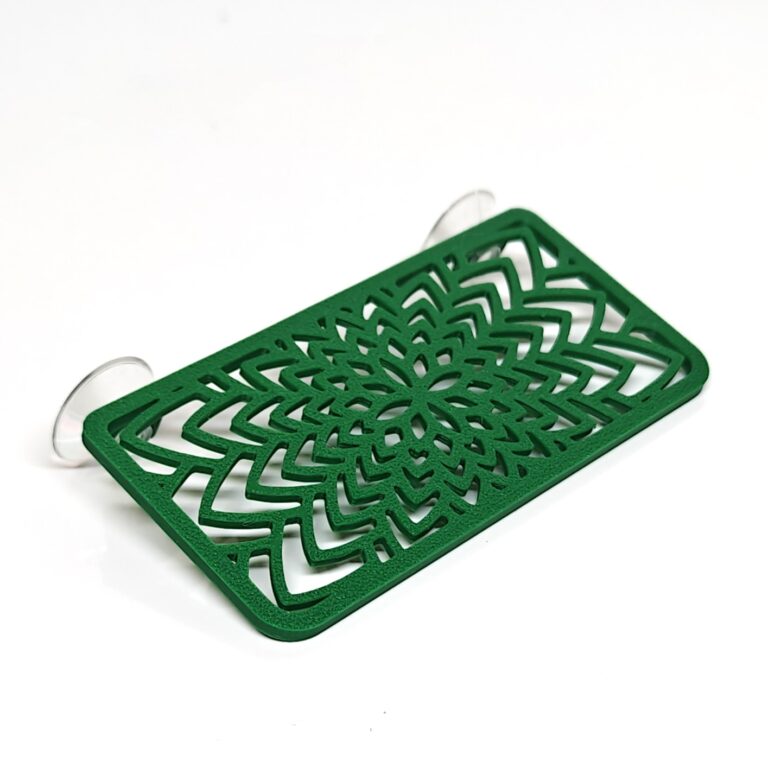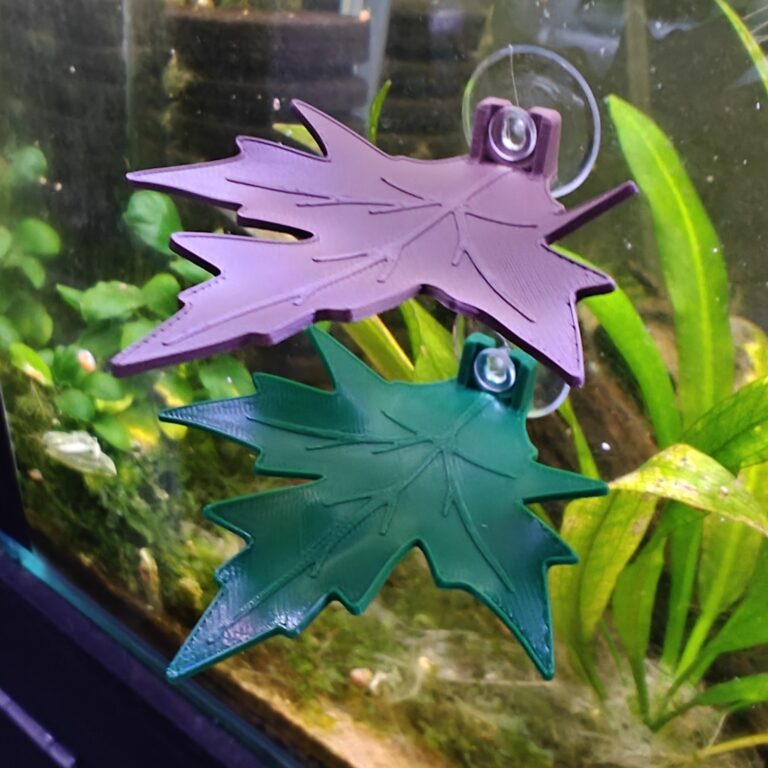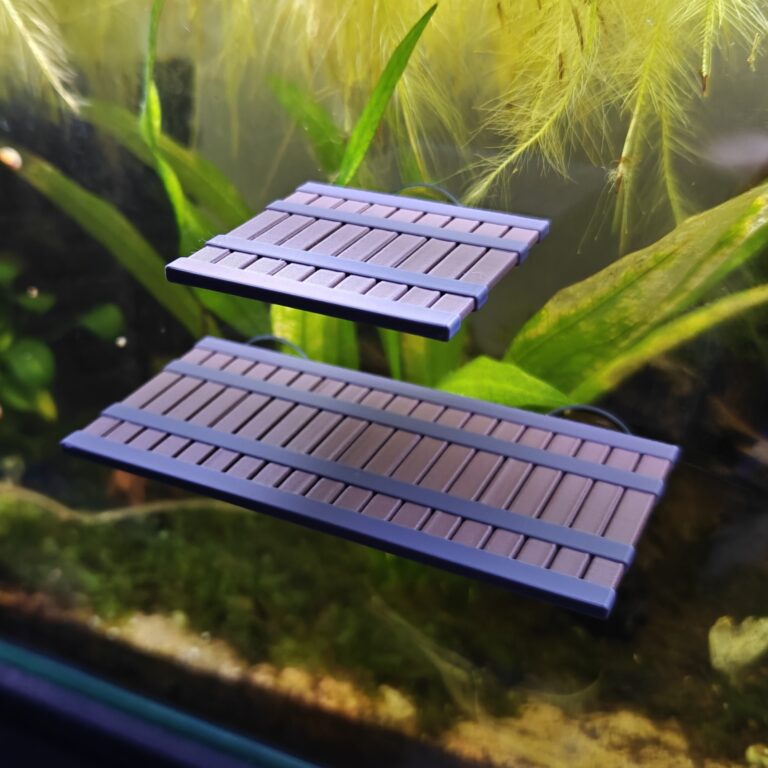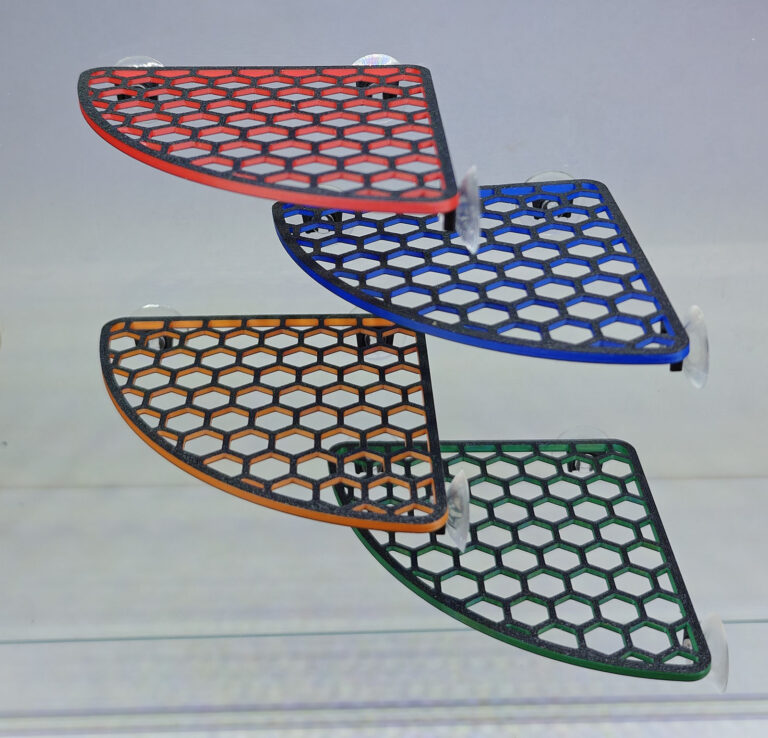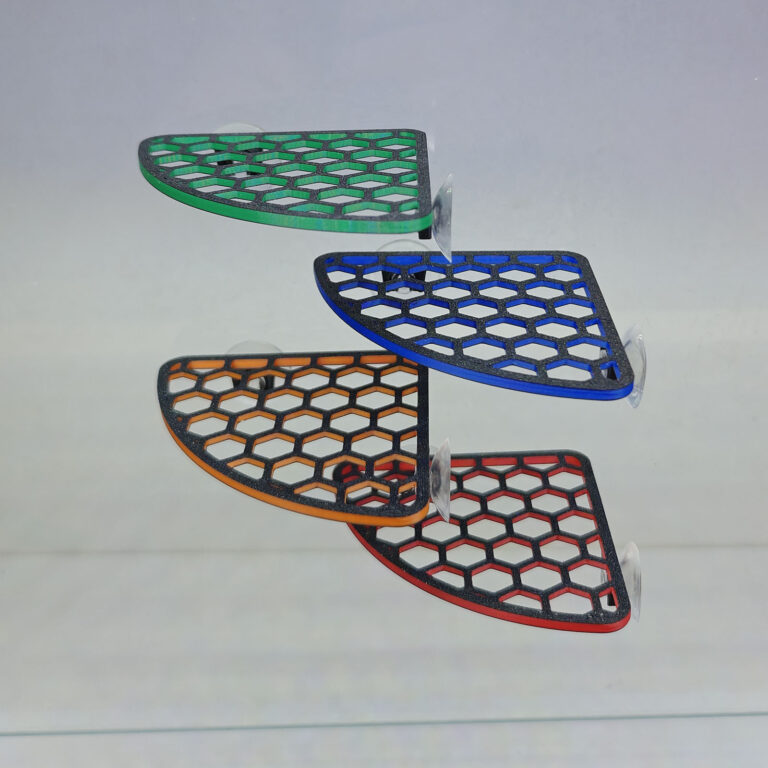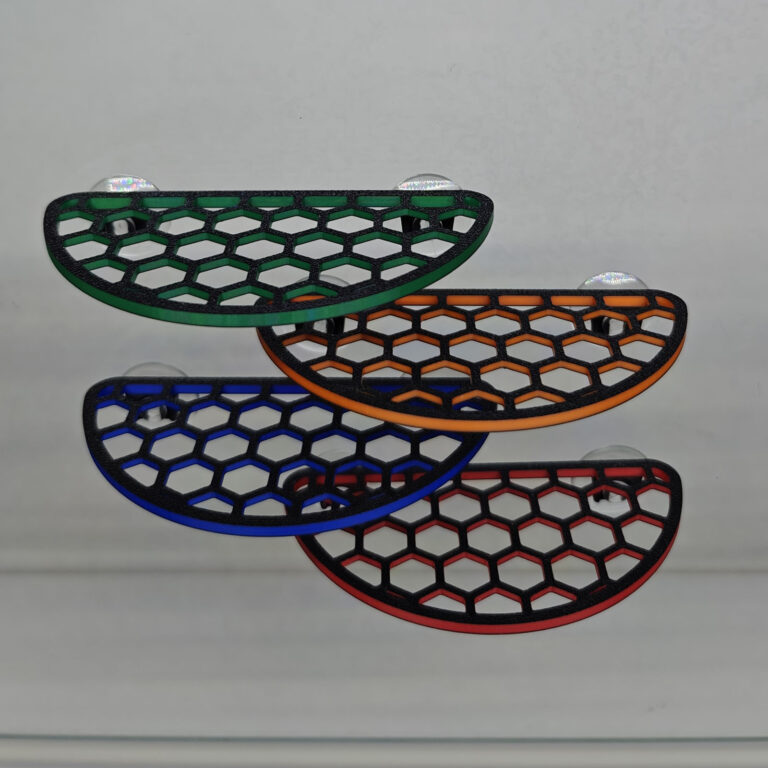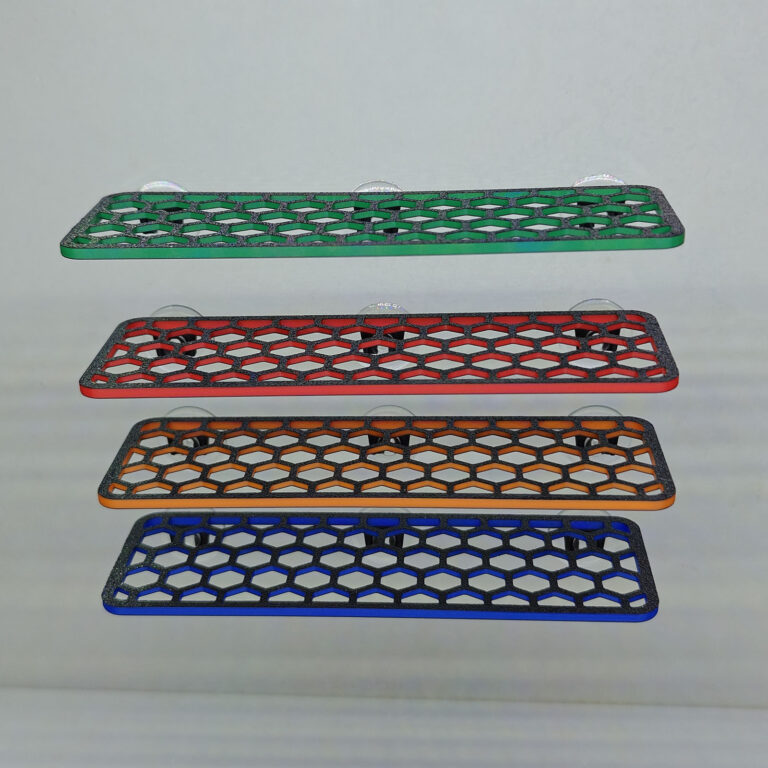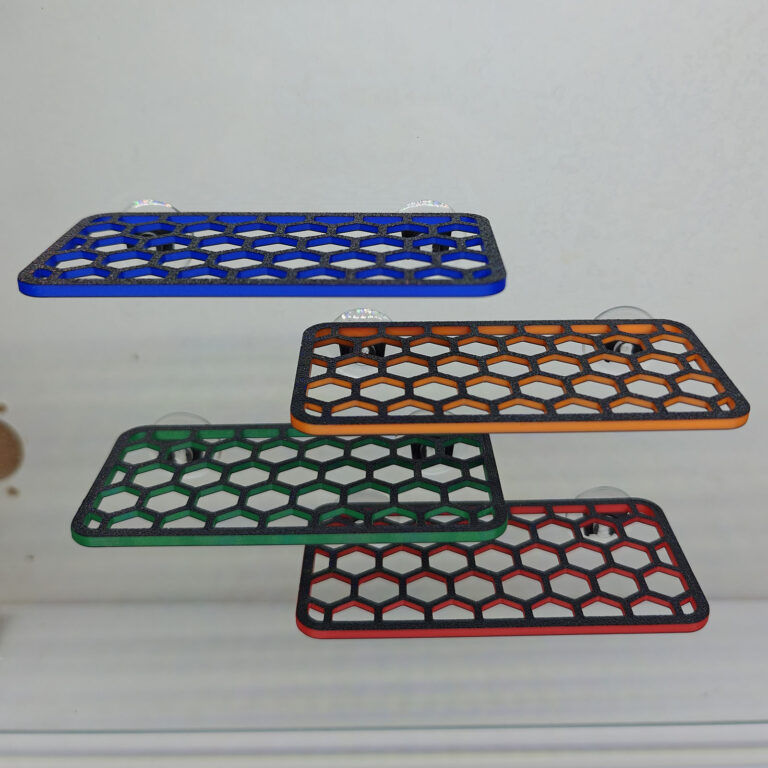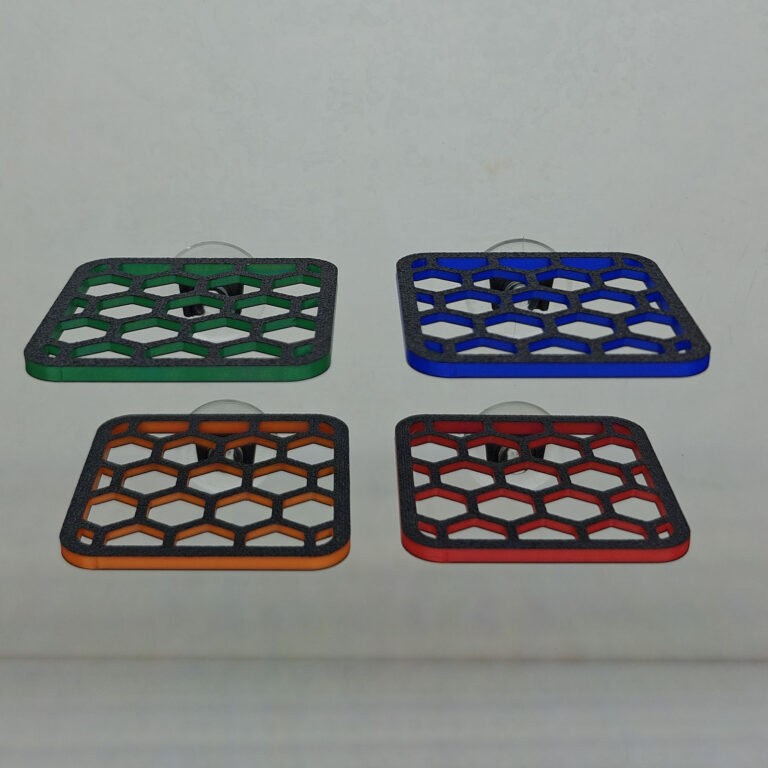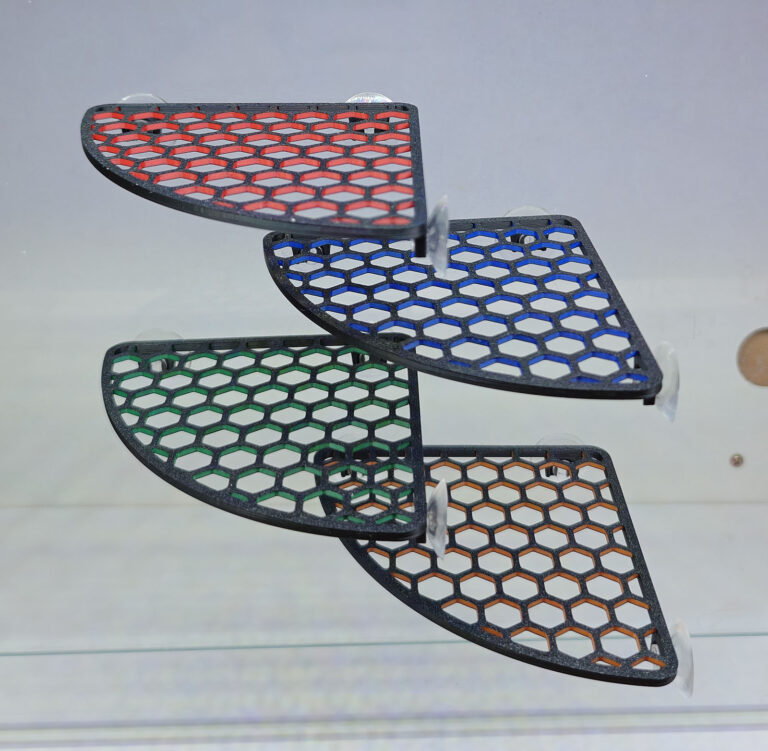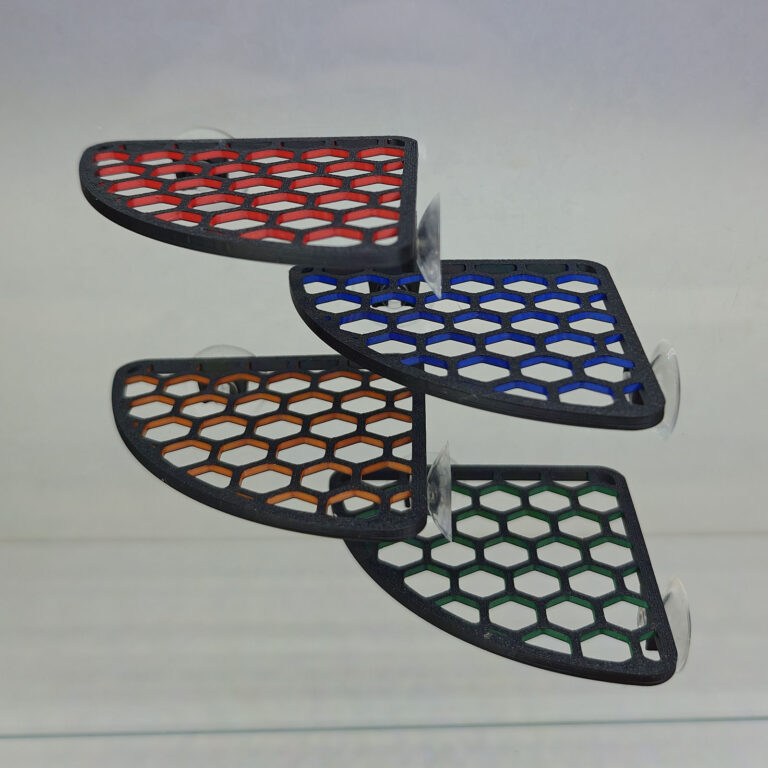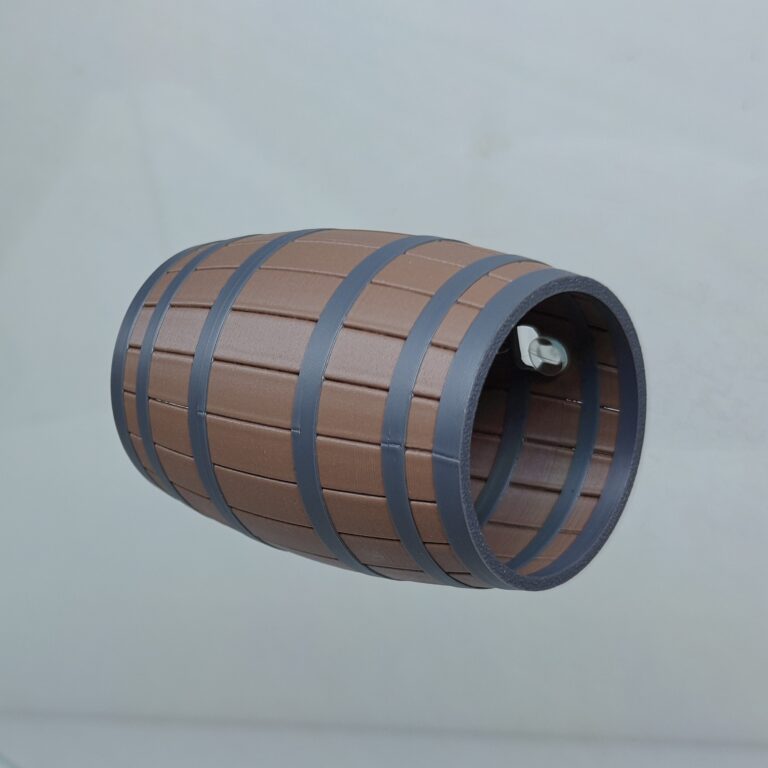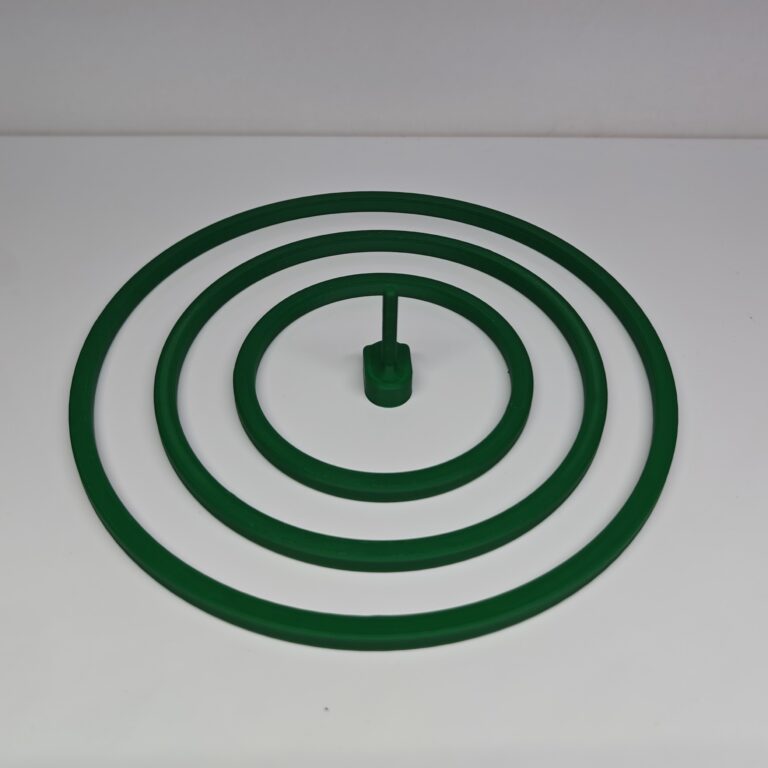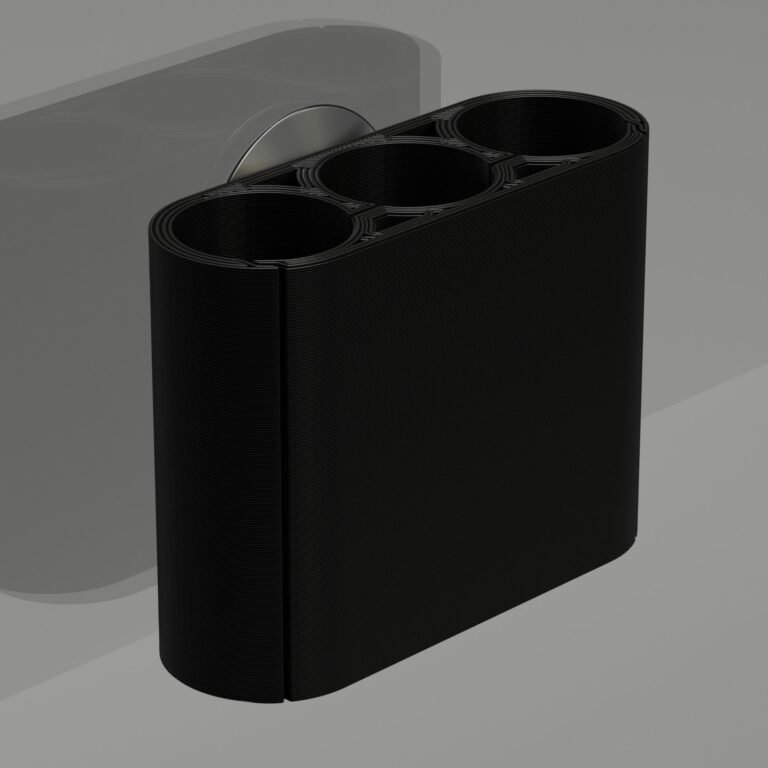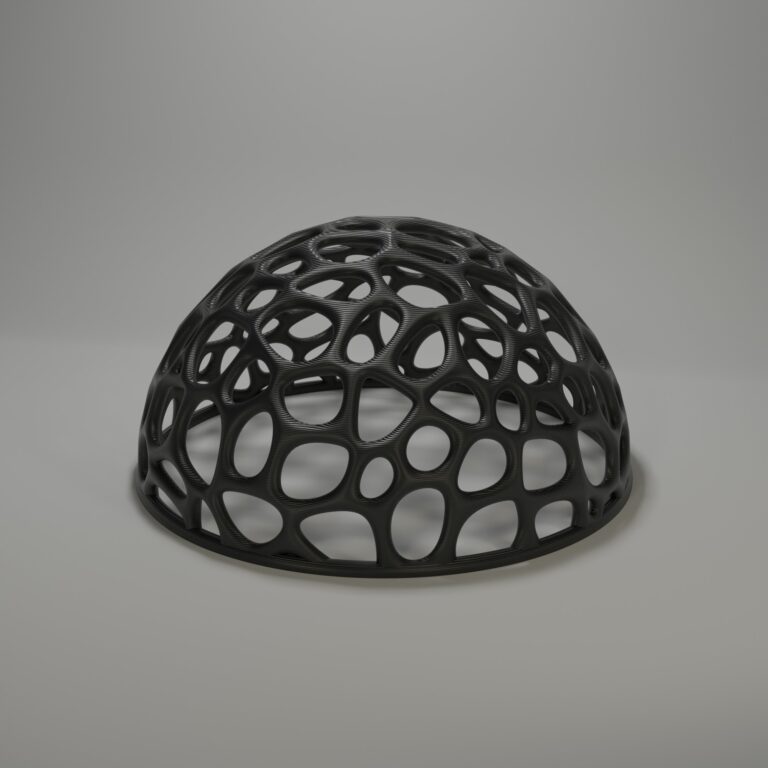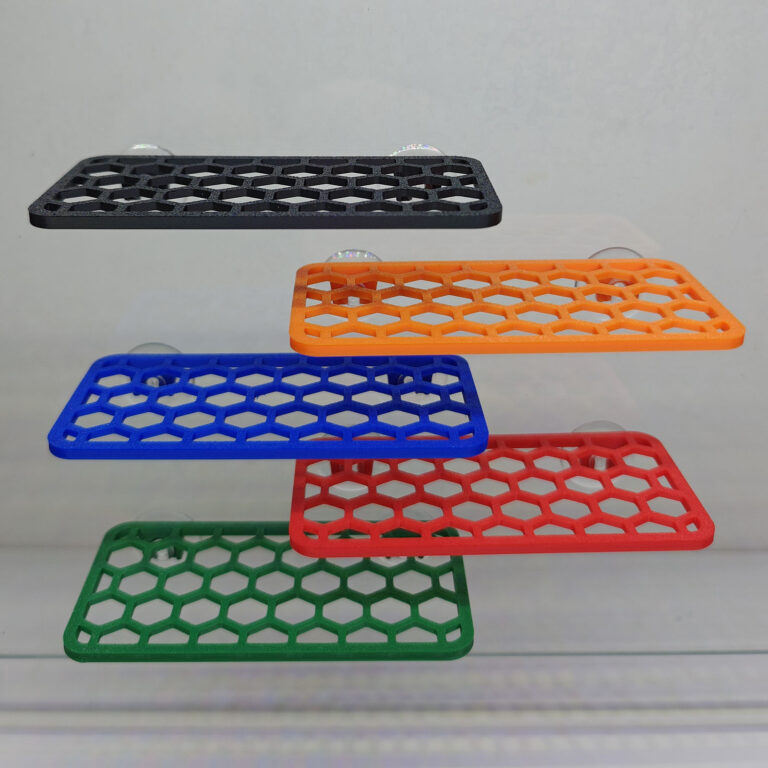Betta fish, also known as Siamese fighting fish, are among the most popular aquarium pets worldwide. Their vibrant colors, flowing fins, and feisty personalities make them a favorite for both beginner and experienced fish keepers. In this post, we’ll cover everything you need to know about betta fish care to help you create a thriving environment for your new aquatic friend.
Description
Size and Life Expectancy
Betta fish typically grow up to 2.5 inches in length, with some individuals reaching 3 inches. With proper care, they can live for 3-5 years, and occasionally longer.
Types of Bettas
Bettas come in various types, including veiltail, crowntail, halfmoon, and plakat varieties. Each type features unique fin shapes and patterns, making it easy to find one that fits your taste.
Range and Habitat
Native to Southeast Asia, bettas are often found in shallow, warm waters like rice paddies, ponds, and slow-moving streams. They have adapted to survive in low-oxygen environments, thanks to their labyrinth organ, which allows them to breathe air directly.
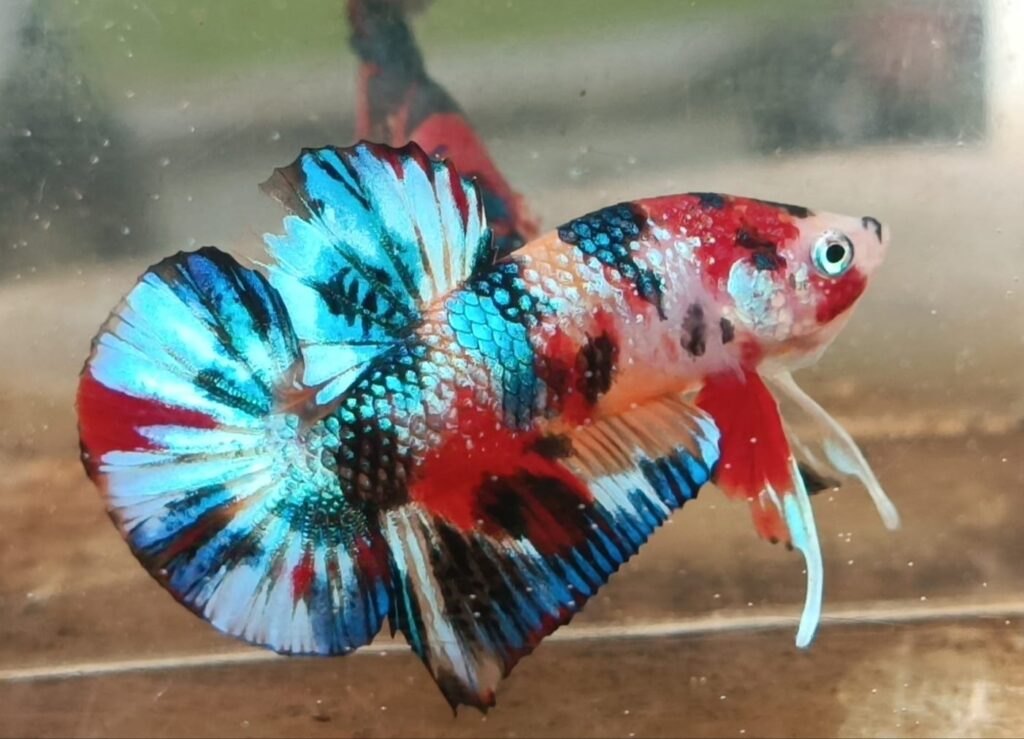
Caring for Betta Fish
Tank Size
Contrary to popular belief, bettas should not live in tiny bowls. A 5-to-10-gallon tank is ideal, giving them space to swim and reducing the frequency of water changes. Larger tanks also promote better water quality and happier fish.
Temperature and Water Conditions
Bettas thrive in water temperatures around 25-27°C and a Ph of 6.0–8.0. Using a heater ensures the tank stays to temperature, especially in cooler climates. Always treat tap water with a dechlorinator to remove harmful chemicals like chlorine and chloramine..
Filtration
Bettas need a gentle filtration system, such as a sponge filter, to prevent water stagnation. Strong currents can stress their delicate fins, so adjustable flow rates are ideal. Additionally, keep the tank covered to prevent them from jumping out.
Cleaning and Maintenance
For tanks larger than 5 gallons, partial water changes of 25-30% every 1-2 weeks are sufficient. Smaller tanks require more frequent maintenance. Avoid complete water changes unless absolutely necessary, as they can disrupt the tank’s beneficial bacteria.
Feeding
Feed your betta once daily with high-quality betta pellets. Treats like freeze-dried bloodworms can be given occasionally for variety. Only offer what they can eat in about one minute to avoid overfeeding.
Betta Fish with Plants
Live plants like java fern, anubias, and marimo moss balls are excellent for bettas. They help oxygenate the water, provide hiding spots, and create a more natural environment.
Health and Diseases
Keep an eye out for signs of illness, such as clamped fins, white spots, or lethargy. Common betta diseases include fin rot, ich, and velvet. Quarantine new tank mates and maintain good water quality to prevent outbreaks.

Tank Mates
Male vs. Female Bettas
Male bettas are highly territorial and should not be housed with other males. However, they can sometimes coexist with peaceful species like small rasboras or corydoras in larger tanks. Female bettas can live in small groups called sororities, but ensure there’s plenty of space and hiding places.
Because bettas are territorial, so choosing peaceful, fast-swimming, or bottom-dwelling companions is essential.
Some compatible species include:
- Cherry Shrimp: Algae eaters that keep to themselves, though some bettas may nip at them and eat shrimplets
- Corydoras Catfish: Small, peaceful bottom-dwellers that help clean up uneaten food.
- Kuhli Loaches: Shy and nocturnal bottom-dwellers that rarely interact with bettas.
- Ember Tetras: Peaceful, vibrant fish that stay in small groups.
- Harlequin Rasboras: Gentle and colorful, they swim in schools and avoid confrontation.
- Snails (e.g., Ramshorn or Mystery Snails): Slow-moving, non-intrusive tank cleaners.
- Amano Shrimp: Algae eaters that keep to themselves, though some bettas may nip at them.
- Neon Tetras: Peaceful and small schooling fish.
- Cherry Barbs: Gentle and colorful companions.
- Otocinclus Catfish: Tiny algae-eating fish that stick to tank walls.
- Ghost Shrimp: Transparent scavengers that stay out of
Hiding Places and Rests
Bettas love exploring and resting. Use decorations like caves, driftwood, and plants to create hiding spots.
Betta Shelves
Betta shelves, such as our Betta Leaf Hammocks, provide a perfect resting spot near the water’s surface. Bettas naturally enjoy relaxing near the top, and these sturdy, smooth-surfaced leaves are safe for their delicate fins. Add one to your tank to keep your betta happy and comfortable.
Shop Betta Rests:
Common Problems
- Overfeeding: Leads to bloating and water quality issues.
- Dirty Water: Causes stress and health problems.
- Incompatible Tank Mates: Results in fights or injuries.
Breeding
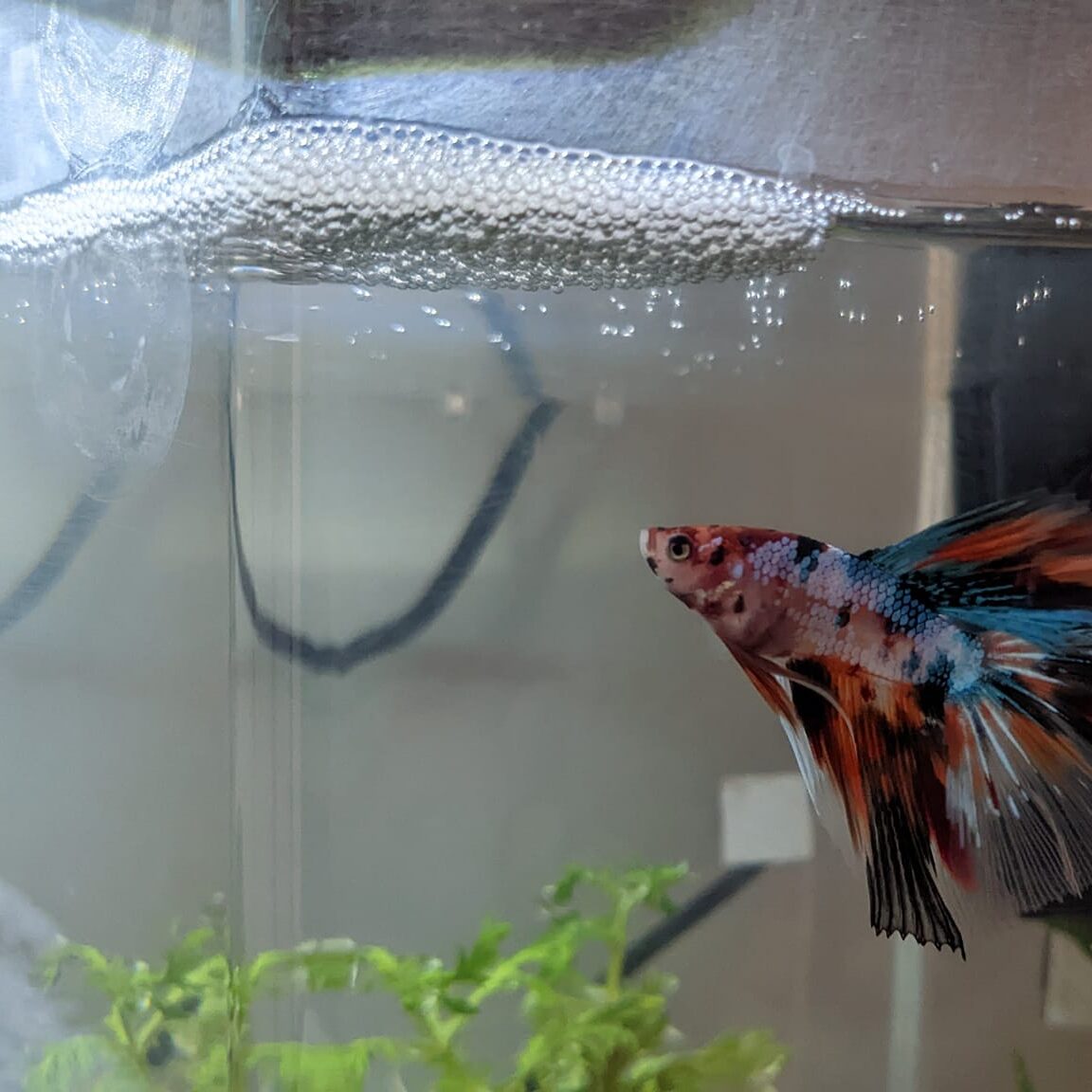
Breeding bettas can be a rewarding experience but requires specific conditions. Males build bubble nests, and spawning often occurs beneath them. Afterward, the male cares for the eggs until they hatch. Breeding should only be attempted with proper knowledge and preparation. Bettas can lay up to 500 eggs a time, each male will need to be split up when they start sexing at 1 month of age. Breeding bettas is a huge undertaking and shouldn’t be taken lightly.
FAQs About Bettas
Can betta fish live in tap water?
Yes, but tap water must be treated with a water conditioner to remove harmful chemicals like chlorine and chloramine.
Can I keep two betta fish together?
Generally, no. Male bettas should not be housed together. Female bettas can live in sororities under the right conditions.
Do betta fish make good first fish?
Yes! With proper care, bettas are resilient and rewarding pets, making them an excellent choice for beginners.
How to choose a betta fish?
Look for a fish with bright colors, active swimming, and no visible signs of illness, such as torn fins or white spots.
With the right setup and care, your betta fish can thrive and bring joy to your aquarium. Happy fishkeeping!
